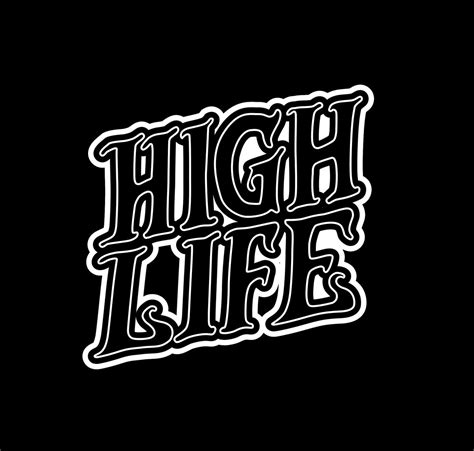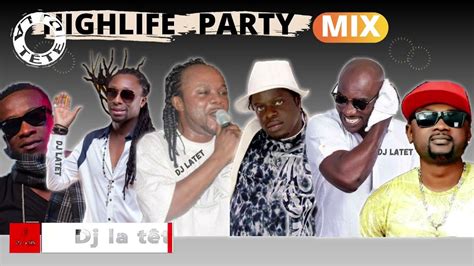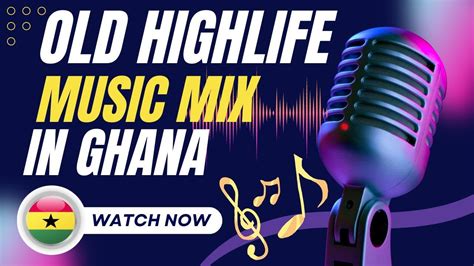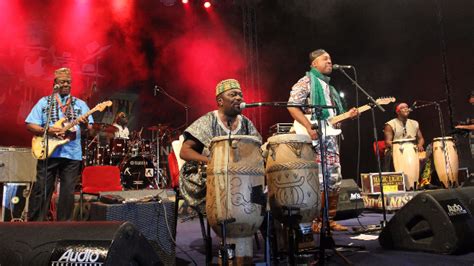Highlife Music Style

The Highlife music style, a genre born out of the vibrant cultural landscape of West Africa, particularly in Ghana and Nigeria, has a rich history that spans several decades. Emerging in the 1920s, Highlife was initially characterized by its unique blend of traditional Akan music, jazz, and swing, reflecting the diverse musical influences of the time. This genre not only served as a form of entertainment but also played a significant role in the social and political discourse of the region, providing a platform for artists to express their sentiments on colonialism, independence, and social change.
One of the defining features of Highlife music is its eclectic sound, which combines elements of indigenous Ghanaian and Nigerian music with foreign styles, such as Caribbean calypso and American jazz. This blend is evident in the use of instruments like the guitar, trumpet, and saxophone, alongside traditional African percussion. The genre's adaptability and ability to incorporate various musical influences have been key factors in its enduring popularity and evolution over the years. Artists such as E.T. Mensah, known as the "King of Highlife," and Osibisa, a band that gained international recognition, have been instrumental in shaping the sound and spread of Highlife music globally.
Key Points
- Highlife music originated in West Africa, primarily in Ghana and Nigeria, in the 1920s.
- The genre is characterized by its blend of traditional African music with international styles like jazz and swing.
- Highlife played a significant role in the social and political landscape of West Africa, serving as a medium for expression on issues like colonialism and independence.
- The genre's eclectic sound incorporates a variety of instruments, including the guitar, trumpet, saxophone, and traditional African percussion.
- Artists like E.T. Mensah and Osibisa have been pivotal in popularizing Highlife music both locally and internationally.
The Evolution of Highlife Music

Over the years, Highlife music has undergone significant transformations, influenced by both internal and external factors. The genre’s evolution can be broadly categorized into several phases, each marked by distinct musical and socio-political characteristics. The early years of Highlife were characterized by a strong emphasis on live performances, with bands often playing in dance halls and social clubs. As the genre progressed, it began to incorporate more electronic instruments and production techniques, leading to the development of sub-genres like Afro-rock and Afro-funk.
The 1950s and 1960s are often considered the golden age of Highlife, with the genre reaching its peak in popularity and influence. During this period, Highlife music became closely tied to the independence movements in Ghana and Nigeria, with many artists using their music as a form of political expression and activism. The genre's ability to transcend linguistic and cultural barriers contributed to its widespread appeal, making it a symbol of African identity and cultural resilience.
Highlife and Social Change
Highlife music has always been deeply intertwined with the social and political fabric of West Africa. Many Highlife artists have used their platform to address issues of colonialism, racism, and social inequality. For example, songs like “Ghana We No Go Sit Down” by E.T. Mensah and his Tempos Band became anthems of independence, encapsulating the aspirations and frustrations of the Ghanaian people during the colonial era. This tradition of socially conscious music has continued to the present day, with contemporary Highlife artists tackling issues such as corruption, poverty, and gender inequality.
| Artist | Song | Year | Significance |
|---|---|---|---|
| E.T. Mensah | "Ghana We No Go Sit Down" | 1950s | Anthem of Ghana's independence movement |
| Osibisa | "The Coffee Song" | 1960s | Blend of Highlife with international styles, reflecting the genre's global influence |
| Fela Kuti | "Zombie" | 1970s | Critique of governmental corruption and military brutality, showcasing Highlife's role in social commentary |

Contemporary Highlife and Its Global Reach

In recent years, Highlife music has experienced a resurgence in popularity, both in Africa and globally. The genre’s influence can be seen in contemporary African music styles such as Afrobeats and Hiplife, which have incorporated elements of Highlife into their sound. The internet and social media have played a significant role in the global dissemination of Highlife music, allowing artists to reach a wider audience and collaborate with musicians from other genres and regions.
Furthermore, there has been a growing interest in Highlife music among international audiences, with many contemporary artists drawing inspiration from the genre's rich musical heritage. This cross-cultural exchange has led to the creation of new and innovative sounds, further enriching the global musical landscape. As Highlife music continues to evolve, it remains an important part of West African cultural identity, a symbol of resilience and creativity in the face of adversity.
What are the primary characteristics of Highlife music?
+Highlife music is characterized by its unique blend of traditional African music with international styles such as jazz and swing. It often features instruments like the guitar, trumpet, and saxophone, alongside traditional African percussion.
How did Highlife music contribute to social and political change in West Africa?
+Highlife music played a significant role in the social and political discourse of West Africa, particularly during the independence movements in Ghana and Nigeria. Many artists used their music as a form of political expression and activism, addressing issues like colonialism, racism, and social inequality.
What is the current state of Highlife music, and how has it influenced contemporary African music styles?
+Highlife music has experienced a resurgence in popularity in recent years, influencing contemporary African music styles such as Afrobeats and Hiplife. The genre continues to evolve, incorporating new musical influences while maintaining its traditional roots. Its global reach has expanded through the internet and social media, allowing for cross-cultural collaborations and the creation of new sounds.
As we reflect on the significance and impact of Highlife music, it becomes clear that this genre is more than just a form of entertainment; it is a cultural phenomenon that has played a pivotal role in shaping the social, political, and musical landscape of West Africa. Its enduring legacy serves as a testament to the power of music to inspire, to educate, and to bring people together across cultural and geographical boundaries.



